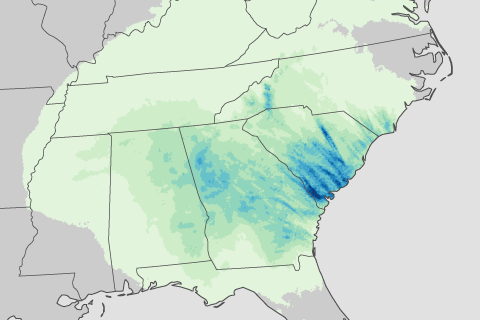
In a study of rainfall over land, these tamed monsters dumped more rain than any other category of Atlantic tropical cyclones, including hurricanes.

In a study of rainfall over land, these tamed monsters dumped more rain than any other category of Atlantic tropical cyclones, including hurricanes.
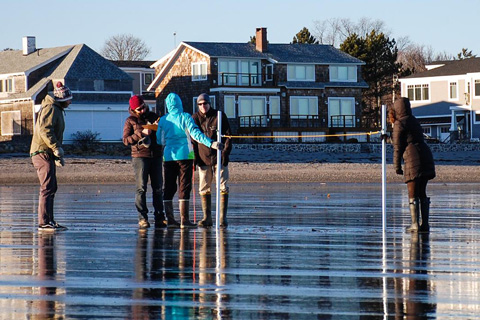
Volunteers in three states are recording changes to their local beaches, information that's vital to protecting and restoring their seashores.

Transcript available! On Wednesday, February 5, climate expert Dr. Gijs de Boer answered questions in a Climate.gov tweet chat about the ATOMIC cloud-science mission in Barbados. Read the transcript.
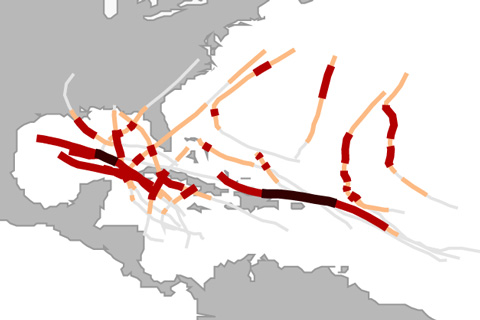
Pulled from the Fourth National Climate Assessment report published in November 2018, this FAQ explains what we know about the connection between global warming and Atlantic hurricanes.

During active hurricane eras, a persistent zone of high vertical wind shear along the U.S. East Coast provides protection from rapidly intensifying hurricanes. With high emissions, that shear is projected to relax.
In North Carolina's Outer Banks, the coastal Town of Nags Head is vulnerable to flooding from heavy rain events, hurricanes, tropical storms, nor’easters, and storm surge. To add insult to injury, vulnerability is increasing with sea level rise. Town managers and residents recognized the need to build the town's resilience and moved forward to prioritize and plan.
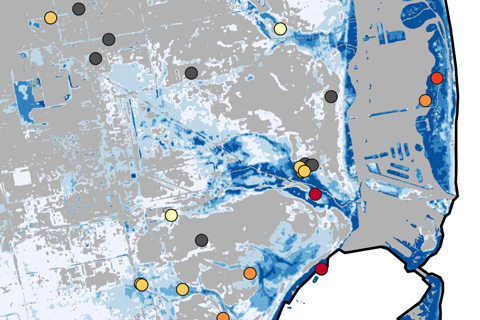
Hurricanes can harm people not just by causing injuries, but also by flooding hospitals that would otherwise deliver needed treatment.
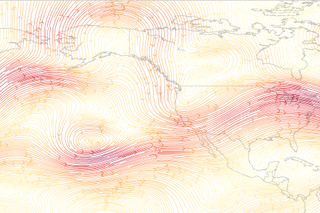
February 22, 2019